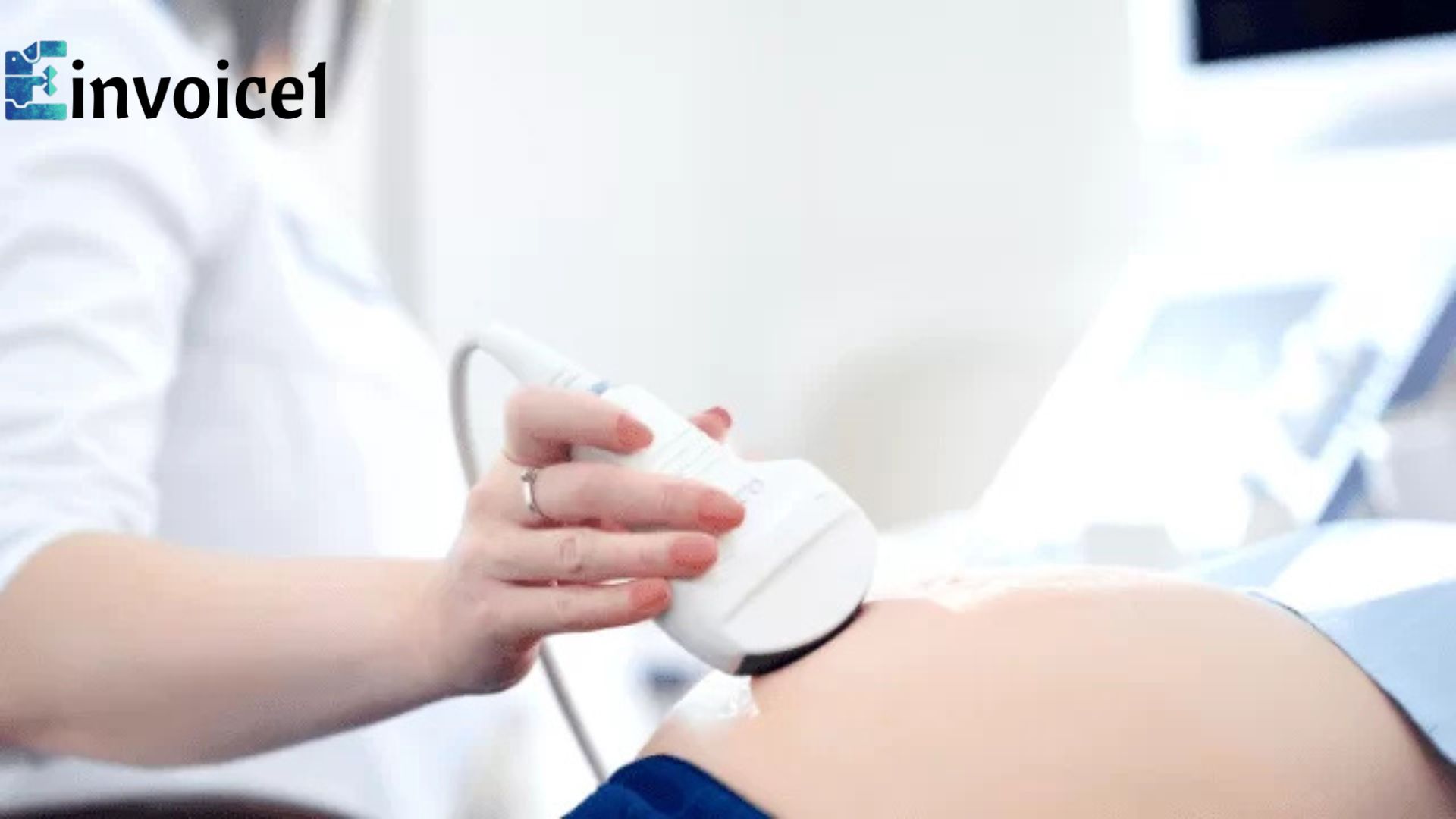Introduction
A follicular study is one of the most often recommended tests by doctors for couples attempting to conceive. By monitoring the development of ovarian follicles, this straightforward yet effective ultrasound scan assists medical professionals in determining the likely time of ovulation. You might naturally wonder how often a follicular study is performed and why multiple scans are necessary rather than just one if you are undergoing fertility evaluation or treatment.
Understanding reproductive health requires follicular monitoring. Doctors cannot rely on a single scan because ovulation timing varies from woman to woman and from cycle to cycle. Rather, they advise having serial scans done at predetermined points during a single menstrual cycle. How many times follicular study is done?
Here are three quick takeaways before we dive deeper:
- Follicular study usually requires multiple ultrasound scans in one menstrual cycle.
- The exact number depends on cycle length, ovulation patterns, and fertility treatment needs.
- Monitoring ensures accurate timing for natural conception or assisted reproductive techniques.
What Is Follicular Study and Why Is It Needed?
A follicular study, also called follicular monitoring, is a series of ultrasound scans used to track the development of ovarian follicles. These follicles are small fluid-filled sacs in the ovaries that house the eggs. As a woman approaches ovulation, one or more follicles grow larger until they release an egg. How many times follicular study is done?
Doctors recommend follicular study for women facing difficulties in conceiving, those undergoing fertility treatments like IUI or IVF, or individuals with irregular menstrual cycles. The study helps to:
- Assess follicle size and growth rate
- Track ovulation timing
- Check uterine lining thickness
- Detect hormonal or ovulatory disorders
- Plan timed intercourse or fertility procedures
For example, a woman with polycystic ovary syndrome (PCOS) may have irregular cycles. Without follicular study, it becomes challenging to predict ovulation. However, by doing multiple scans, the doctor can closely observe follicle development and decide the best time for conception. How many times follicular study is done?
Important Note: One single scan is never enough to understand the full cycle. Follicular study is effective only when done serially over multiple days.
How Many Times Follicular Study Is Done in a Cycle?
The most common question patients ask is exactly how many scans are needed. The answer depends on several factors such as cycle length, natural ovulation patterns, and whether fertility medications are being used.
On average, a woman may need 3 to 6 scans in one menstrual cycle. The doctor usually starts the first scan around day 9 or day 10 of the cycle and continues every 2–3 days until ovulation is confirmed.
Here’s a breakdown of how it usually works:
| Cycle Day | Purpose of Scan | Expected Findings |
| Day 9–10 | Baseline scan | Follicles begin small, uterine lining assessed |
| Day 12 | Growth monitoring | Follicles grow 14–16 mm |
| Day 14 | Ovulation check | Dominant follicle ~18–20 mm |
| Day 16+ | Post-ovulation | Follicle rupture and fluid changes |
ALT text: Comparison chart showing typical follicular study scan days and their purpose in tracking ovulation.
Some women may need more scans if:
- Ovulation is delayed
- Follicle growth is slow or irregular
- They are on fertility drugs like Clomid or gonadotropins
- The doctor needs to confirm egg release before an IVF cycle
For example, one of my patients undergoing IUI had to do six scans in a single cycle because her follicles were maturing slowly due to PCOS. The additional scans helped us confirm the exact ovulation day, improving her chances of pregnancy
Follicular Study in Natural vs. Assisted Cycles
The frequency of scans differs depending on whether the woman is trying to conceive naturally or undergoing fertility treatments like IUI or IVF. How many times follicular study is done?
| Cycle Type | No. of Scans Typically Needed | Why More Scans May Be Needed |
| Natural cycle | 3–4 | To check natural follicle growth and ovulation |
| IUI cycle | 4–6 | To time insemination accurately |
| IVF cycle | 6–8+ | To monitor multiple follicles under stimulation drugs |
ALT text: Table comparing natural cycle, IUI, and IVF follicular monitoring requirements.
In a natural cycle, fewer scans may suffice, while in IVF, doctors need very close monitoring since multiple eggs are being stimulated and retrieved.
Reminder: The number of scans should not be compared with others. Each woman’s body responds differently, and doctors adjust accordingly.
What to Expect During Follicular Monitoring?
Many women feel nervous before their first follicular study. However, the procedure is simple, safe, and painless. It is usually done using a transvaginal ultrasound for accuracy, though sometimes an abdominal ultrasound may be performed.
Here’s what typically happens:
- You lie comfortably on the examination bed.
- A lubricated ultrasound probe is gently inserted into the vagina.
- The screen shows images of the ovaries and uterus.
- The doctor measures follicle size and endometrial thickness.
Each session takes only 10–15 minutes, and you can return to normal activities right after.
A real-world example: A 30-year-old woman with irregular cycles underwent four scans across one cycle. The monitoring revealed delayed ovulation on day 18 instead of day 14, allowing her doctor to advise intercourse at the right time. Without follicular study, she would have missed her fertile window entirely. How many times follicular study is done?
Expert Insights and Research on Follicular Study
Research shows that follicular monitoring significantly increases the chances of identifying the fertile window. According to a study published in the Journal of Human Reproductive Sciences, ovulation tracking through ultrasound is the most reliable method compared to urine LH kits or basal body temperature.
Fertility specialists also emphasize the importance of personalized care. Dr. Neha Gupta, an infertility consultant, explains:
“Follicular study is not a one-size-fits-all approach. Some women ovulate early, some late. Serial scans give us a tailored view of each patient’s ovulation cycle, which improves treatment outcomes.”
For couples seeking professional support, it’s always better to follow the doctor’s recommendations rather than compare scan frequency with others.
For further reading on fertility-related health, you can explore our guide on understanding ovulation cycles (internal link suggestion). Additionally, you can visit the American Society for Reproductive Medicine for authoritative resources on fertility monitoring.
Conclusion
Follicular study is one of the most important diagnostic tools in fertility care. It helps track follicle growth, confirm ovulation, and guide treatment plans for natural conception, IUI, or IVF. While many women ask how many times follicular study is done, the answer varies. Most women need between 3 to 6 scans per cycle, though some may require more, especially in assisted cycles or when ovulation is delayed.
The key takeaway is that the number of scans depends on individual cycle patterns and treatment needs. Instead of worrying about the count, focus on how these scans improve accuracy in planning conception. If you are undergoing fertility evaluation, discuss openly with your doctor about what to expect, how many scans will likely be required, and how the results can guide your next steps.




